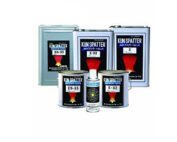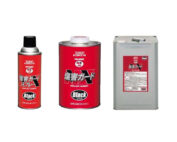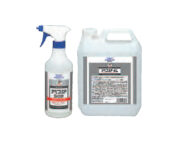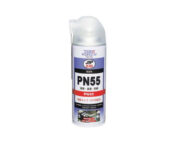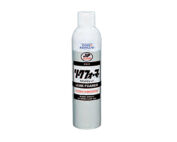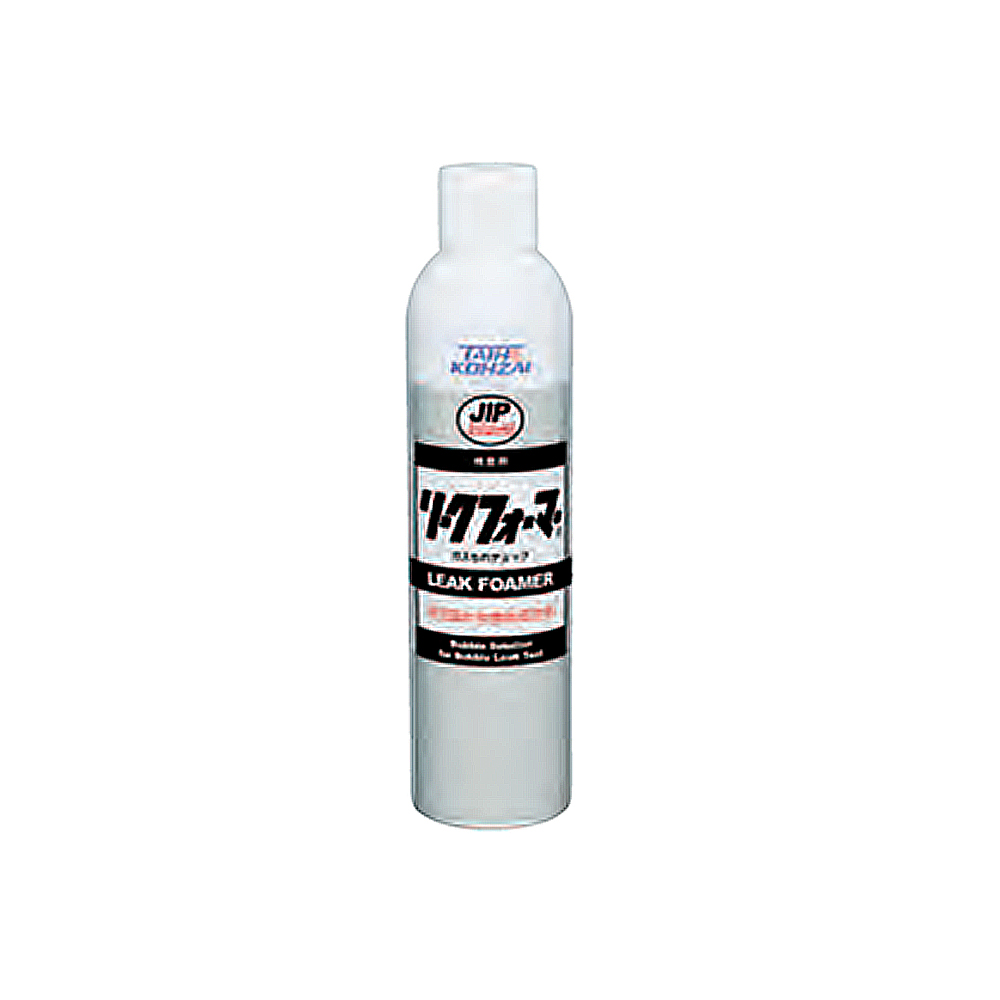
A leak foamer, also known as a leak detection foamer, is a tool commonly used to identify leaks in various systems, such as plumbing, HVAC (Heating, Ventilation, and Air Conditioning), and automotive systems. Here’s how to use a leak foamer effectively:
- Preparation: Before using the leak foamer, ensure that the system you are testing is pressurized and ready for inspection. If necessary, close off valves or connections to isolate the section of the system you want to test.
- Fill the Foamer: Fill the leak foamer with an appropriate leak detection solution or foam concentrate. These solutions are often formulated to produce visible foam when they come into contact with escaping gases or liquids.
- Pressurize the System: If applicable, pressurize the system to the recommended pressure level for testing. This could involve using compressed air, nitrogen, or another suitable gas.
- Apply Foam: Once the system is pressurized, apply the foam from the leak foamer to the area you suspect may be leaking. Direct the foam around connections, joints, valves, or other potential leak points.
- Observe for Leaks: Watch closely for any signs of bubbling or foaming that indicate the presence of a leak. The foam will react with escaping gases or liquids and produce visible bubbles, making it easy to identify the source of the leak.
- Inspect Thoroughly: Inspect the entire area systematically, covering all potential leak points. Take note of any areas where foam accumulates or where bubbles are observed.
- Repeat as Necessary: If you suspect multiple leak points or want to confirm the effectiveness of repairs, repeat the foaming process as needed. Ensure that all leaks are identified and addressed before completing the testing process.
- Clean Up: After testing is complete, clean up any excess foam and residue from the system and surrounding areas. Rinse the foamer thoroughly to remove any remaining solution or foam concentrate.
- Document Findings: Record the location and severity of any leaks identified during the testing process. This information can be valuable for future maintenance and repair efforts.
By following these steps, you can effectively use a leak foamer to test for leaks and identify potential issues in various systems.
Read Also This Blog

